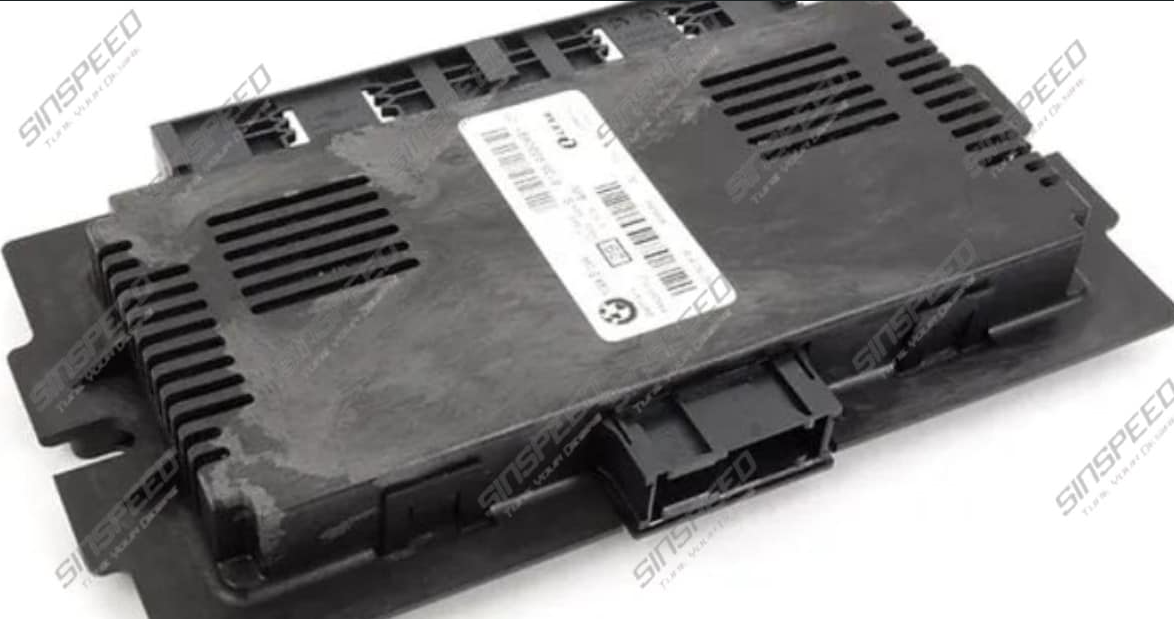In modern vehicles, electronic control units (ECUs) are the backbone of safety, comfort, and convenience. While many people are familiar with engine or transmission control units, the FRM module—or Footwell Module—is one of the most critical yet often overlooked components. It manages key body functions, coordinating lighting, windows, mirrors, and communication with other systems.
The FRM module may be small, but its influence touches almost every interaction a driver has with a vehicle. From turning on headlights to adjusting mirrors, this module ensures that commands translate seamlessly into action.
What Is the FRM Module?
The FRM module is an ECU located in the footwell area, usually beneath the dashboard. Its primary function is to centralize control of multiple body electronics, rather than letting each system operate independently.
By consolidating control, the FRM reduces wiring complexity, improves system reliability, and allows advanced features such as adaptive lighting or anti-pinch window protection. It also serves as a communication hub, exchanging information with other ECUs over the vehicle’s CAN bus network.
Core Responsibilities
The FRM module is responsible for several essential systems:
1. Lighting Systems
- Exterior lights: headlights, tail lamps, indicators, brake lights, and fog lamps.
- Interior lights: dome lights, footwell illumination, and ambient lighting.
- Adaptive and automatic features: auto-on headlights and dynamic brightness control.
2. Windows and Mirrors
- Power windows with anti-pinch safety.
- Mirror adjustment, folding, and heating.
- Integration with central locking and convenience features.
3. Network Communication
- Acts as a node in the vehicle’s CAN bus system.
- Coordinates with other ECUs to ensure synchronized operation.
- Stores diagnostic trouble codes (DTCs) for troubleshooting.
4. Monitoring and Safety
- Detects abnormal electrical loads or component failures.
- Protects circuits from short circuits, overloads, and voltage spikes.
The FRM’s role is both operational and supervisory, ensuring that multiple systems function smoothly together.
How the FRM Module Works
At a technical level, the FRM module operates like a compact computer. Its main components include:
- Microcontroller Unit (MCU): Processes inputs, executes logic, and manages outputs.
- Input Channels: Receive signals from switches, sensors, or other ECUs.
- Output Drivers: Supply power to actuators, lamps, and motors.
- Memory: Stores configuration data, learned behaviors, and fault codes.
- Protective Circuits: Guard against short circuits, over-voltage, and overheating.
Practical Example: Turning on the Headlights
- The driver moves the headlight switch.
- The FRM receives the input and verifies conditions such as ignition status.
- The module activates output drivers to power the headlamps.
- A signal is sent via CAN bus to the instrument cluster to display the headlight icon.
- The FRM monitors current flow and logs any faults for diagnostics.
This sequence demonstrates how the FRM integrates control, monitoring, and communication in real time.
The FRM in Vehicle Communication Networks
Modern vehicles contain dozens of ECUs, each responsible for different functions. The FRM is a critical node in this electronic network:
- CAN Bus Communication: Transfers commands and status updates between ECUs.
- LIN Bus Integration: Handles simpler actuators like window motors or mirror adjustments.
- Data Logging: Records faults and system behavior for efficient servicing.
By acting as a central hub, the FRM ensures that body functions are coordinated and reliable.
Why the FRM Module Matters
Although it may be hidden under the dashboard, the FRM has a direct impact on safety, comfort, and reliability.
- Safety: Ensures that lights and signals function correctly.
- Convenience: Powers smooth window operation, mirror adjustments, and lighting features.
- Efficiency: Reduces wiring complexity, weight, and energy loss.
- Serviceability: Stores fault codes to simplify diagnostics.
A malfunctioning FRM can affect multiple systems simultaneously, making it a key component in vehicle maintenance and reliability.
Common Symptoms of FRM Malfunction
Since the FRM controls multiple systems, problems often appear in clusters. Common signs include:
- Headlights, brake lights, or indicators not working.
- Power windows that stop responding.
- Side mirrors that fail to adjust, fold, or heat.
- Interior or ambient lighting flickering or failing.
- Dashboard warning lights related to body electronics.
When these symptoms occur, it is recommended to find a specialist near you to accurately diagnose and address the issue.
Evolution of FRM Modules
The FRM module has evolved significantly over the years:
- Early Models: Basic control of windows and lighting with minimal diagnostics.
- Intermediate Generations: Added CAN bus integration, diagnostics, and adaptive features.
- Modern FRMs: Manage complex body electronics, load balancing, and customization coding.
- Future Trends:
- Integration with autonomous and driver-assistance systems.
- Predictive maintenance using AI and data analytics.
- Over-the-air updates for software enhancements.
- Advanced energy management for electric and hybrid vehicles.
- Integration with autonomous and driver-assistance systems.
This evolution demonstrates the FRM’s increasing importance as vehicles become smarter and more connected.
Engineering Perspective
The FRM represents a key principle in modern automotive design: functional centralization. Instead of individual relays and switches for every system, engineers place intelligence into a single module.
Advantages include:
- Reduced complexity and wiring weight.
- Easier diagnostics through integrated fault logging.
- Scalable design for future features.
- Enhanced system resilience and safety.
In short, the FRM module is an efficient, intelligent solution for managing vehicle body electronics.
Conclusion
The FRM module may be small and hidden, but it plays a critical role in modern vehicles. Acting as both a controller and communication hub, it ensures lights, mirrors, windows, and other body electronics operate safely and reliably.
By centralizing control, monitoring electrical loads, and communicating with other ECUs, the FRM improves safety, convenience, and serviceability. As vehicles evolve toward greater connectivity and electrification, the FRM’s role will continue to expand, supporting smarter, more automated systems.
Ultimately, the FRM is a perfect example of how advanced electronics quietly shape the modern driving experience, keeping vehicles safe, comfortable, and reliable for drivers every day.



